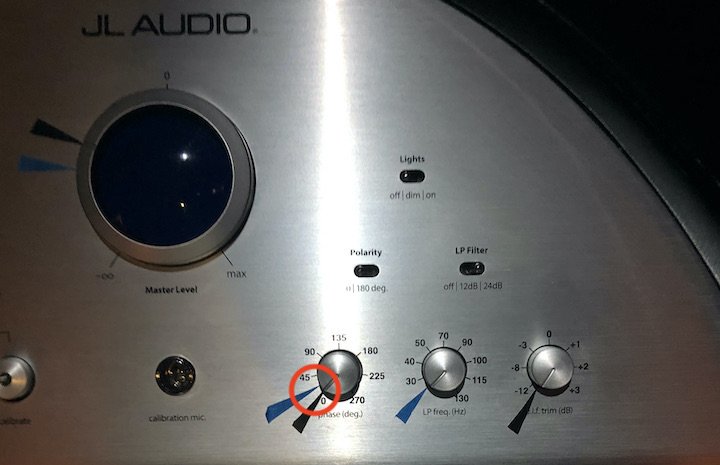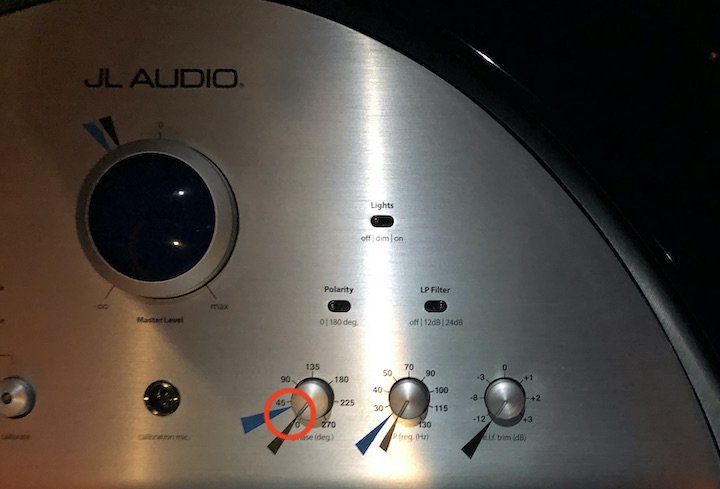CH Precision M10 monoblocs arrive in NJ

There’s a lot to unpack here (in more ways than one). As I have written previously, I purchased pair of Soulution 701’s about a year ago and suffered 3 amp failures in 6 months (one amp twice) which sealed their fate as “gotta get rid of these” nasty but beautiful sounding (when they work) wonders. Being quite jaded at that point, I wasn't ready to commit to any of the uber amps out there and Elliot Goldman was kind enough to loan me a pair of remarkable Parasound JC1+monoblocs while I weaved my way down the list of possibilities for long term ownership. Deciding to buy anything else other than the JC1+, one of the greatest audio products I have ever owned, was difficult enough. Making a decision to buy any premium priced amps sight unseen without audition is unnerving, but that’s the way it has to be sometimes. Still, the questions loomed large. Would any amp that cost several multiple times the cost of the JC1+ going to really change my listening enjoyment? (Yes, the Parasounds are that good!)
In February 2021 I ordered the CH-Precision M10 monoblocs. They arrived last week. These behemoths arrived with each chassis (4 total) double boxed on a palette, and the fun began with their unpacking. CH apparently chose cardboard over crates or flight cases and although I don’t think cardboard effects sound quality,

it was still a bit less impressive a package than I would have anticipated. Once they were located near their final resting spot, they were unpacked and placed on a granite slab in a room behind my sound room. Here is where the fun really begins.
The set up experience was unfortunately one of the worst I've ever had. To begin, let’s consider the thickness of a human fingertip, which is about 18 mm. Next, look at the gap between the bottom solid plate of the amp and a granite surface (or any shelf) upon which it will rest. That’s about 10 mm.
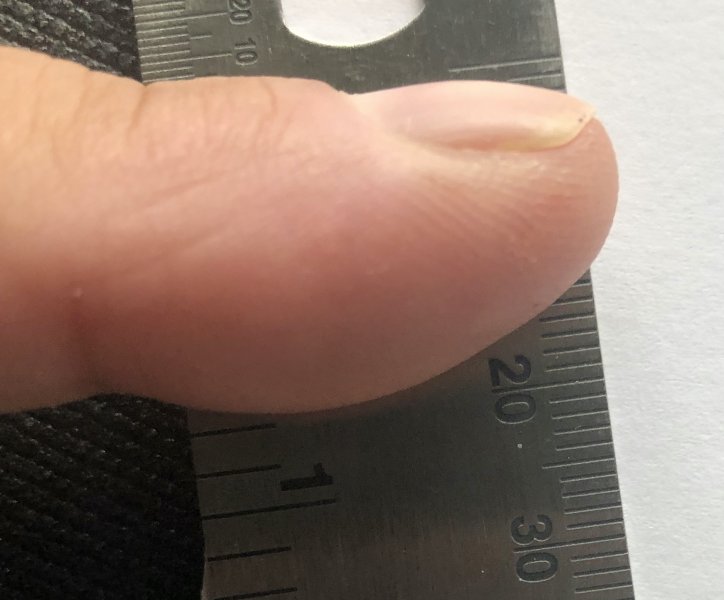
.

Now imagine 2 guys; 4 hands, and about 20 fingers under the amp lifting this 171 lb. beast of the power supply chassis out of the carton and wanting to rest in on a hard shelf surface. Now, imagine what happens to those fingers when they try to set the amp down. Need I say more?
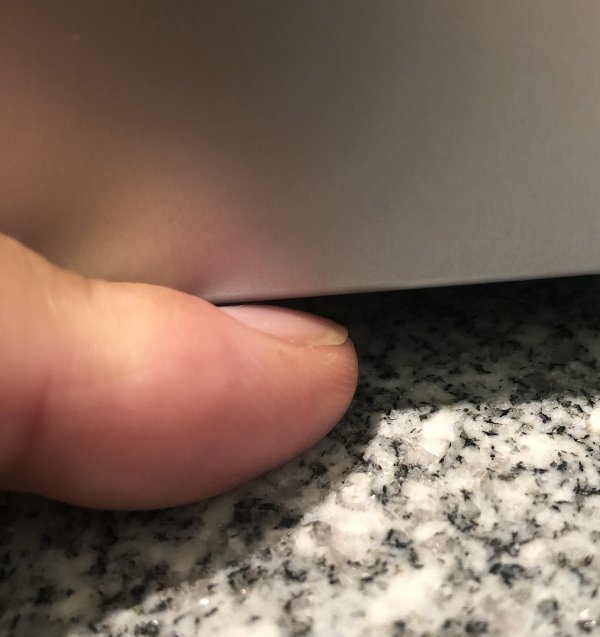
Simply put, this is one to the dumbest designs of all time. It really should qualify for a Darwin Award. Easy damage to your fingers can occur due to the stupidity of having such an extremely limited chassis clearance. I defy anyone (or 2 people) to take out the Power Supply by opening the top of the carton and lifting it out, and placing in on a shelf safely without incurring serious damage to your fingertips.
But wait, there’s more! In hooking up the cables, I discovered the absolutely incomprehensible execution of not providing a latch for the female XLR input. I have NEVER seen a female XLR chassis connector without an integral safety latch. Compare the CH to the JC1+ below.
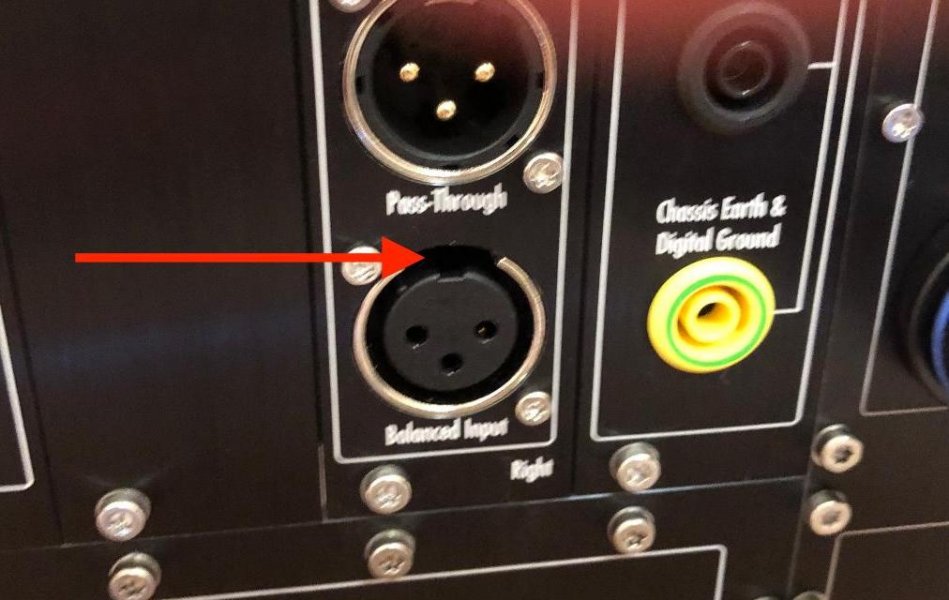
.
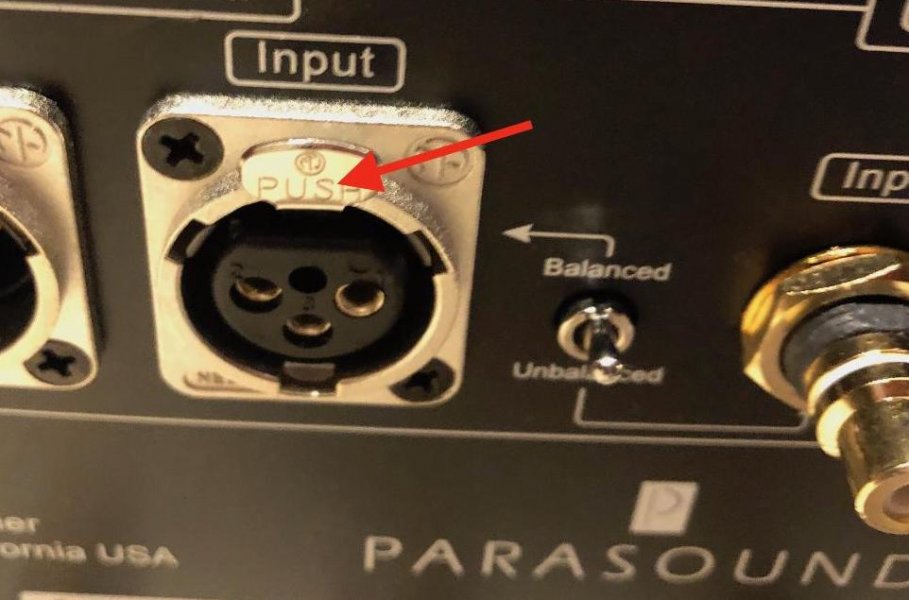
I learned that on the 10 series, CH omitted the chassis latch because they apparently had trouble with some brands of XLR connectors getting stuck in the socket that used a latch. Hmmm. Not sure why they seem to be unique in experiencing that but that’s their story and they’re sticking to it. Bottom line- after nearly amputating my fingers and having some dismay with the set-up, I was off to a bad start. In fact, I was so angry I refused to turn it on until the next day when I could look at things more calmly.
So much for the pleasantries. How does it sound? Well, I’m honestly not sure yet. It’s never worth reporting on the sound of a new component until a few days have gone buy for annealing, break-in etc. But after a week, I think its safe to say that the sound is stabilizing and at the minimum, it’s quite good and has great promise. However, I’m only now at the point of exploring the set-up options, which provides a good deal of latitude for the final sound that one can obtain. There are user selectable options that pertain to the amount of gain, global feedback, and choice of input impedance (hiZ vs lowZ) as well as a selection of bandwidth limiting filters. And they all matter.
Although I haven’t figured out exactly where I stand on some of these settings, it’s worth recalling what many have said is a hallmark of CH amps, which is namely, that they do not sound either tube-like or SS. I respectfully disagree. They do in fact have an uncanny ability to sound like either,
depending on the settings that are chosen! If you choose zero global feedback, they sound like some of the most remarkable tube amplifiers you can imagine. Liquid, grain-free midrange with layering and outstanding imaging are its hallmark. However, if you are the sort of person who relishes bass that knocks you down when the appropriate material is played, you will probably be motivated to add a modest amount of global feedback which is adjustable in 1% increments between zero and 100. Adding a modest amount of global feedback increases bass “grip” as CH calls it in their manual. They ain’t kidding. Whatever you wish to cal lit, it is reminiscent of the sort of huge damping factor that allows powerful bass to be handled masterfully as is often the case for a SS design. At first, this seems like an unusual approach for dialing in the best sound from a SOA uber amp. Honestly, I’m still warming up to the idea that this sort of Burger King “have it your way” approach to voicing the amps’ sound is ideal, but it definitely has advantages since this sort of flexibility will allow a wide variety of users and systems to be most effectively optimized.
However, there’s a part of me that says “Ok, I’ve set the global feedback to the lowest value I can live with for my kind of bass (about 15%), but damn, how do I get back the extra sauce I’ve lost in the mids and highs when feedback was set to 0%?" And that is the quandry. I want to make it clear that with the gain set to 15%, the sound is still excellent. However, play a solo piano and listen to the difference without any feedback vs modest feedback. The difference in purity of tone is discernable; very slight, but it’s there. I guess the moral of the story is there is no free lunch in designing electronics of this caliber. Every engineering and circuity decision has consequences. What CH has done is give you a wide latitude to configure the amp in the way that best suits your needs. It's hard to believe you won't be pleased with whatever setting choices you make.
One final comment about power. This amp has it and has it in spades. I watched the display read 600-700 watts routinely when big music is being played at concert hall levels, and with momentary peaks that exceed 1 KW! Nobody, and I mean nobody, will find these babies short of power. And from what I can tell, they are more like the JC1+ which can be pushed hard effortlessly without blowing up, unlike the Soulution 701’s which have a great affinity for trans-Atlantic air freight to Switzerland by blowing up unexpectedly. (You would think they like to collect frequent flyer miles).
That’s about all I can say for now. I have a bit of additional break-in and tweaking to do before enjoying the amps to their fullest, along with picking some more nits no doubt! At this point, I’m not using the JL subs with the Alexx V while the amp continues to break in, but since the gain of CH 10 is different than the JC1+ (24dB vs 29dB), the subs will have to be re-dialed in when the time comes. Until more definitive amp settings and system voicing is completed, I have every expectation that the amps will continue to impress at a very high level.
)


